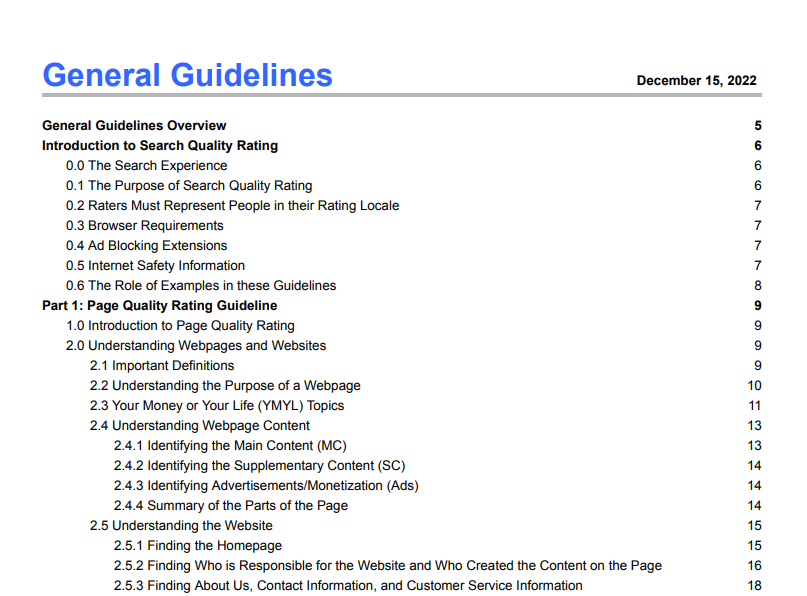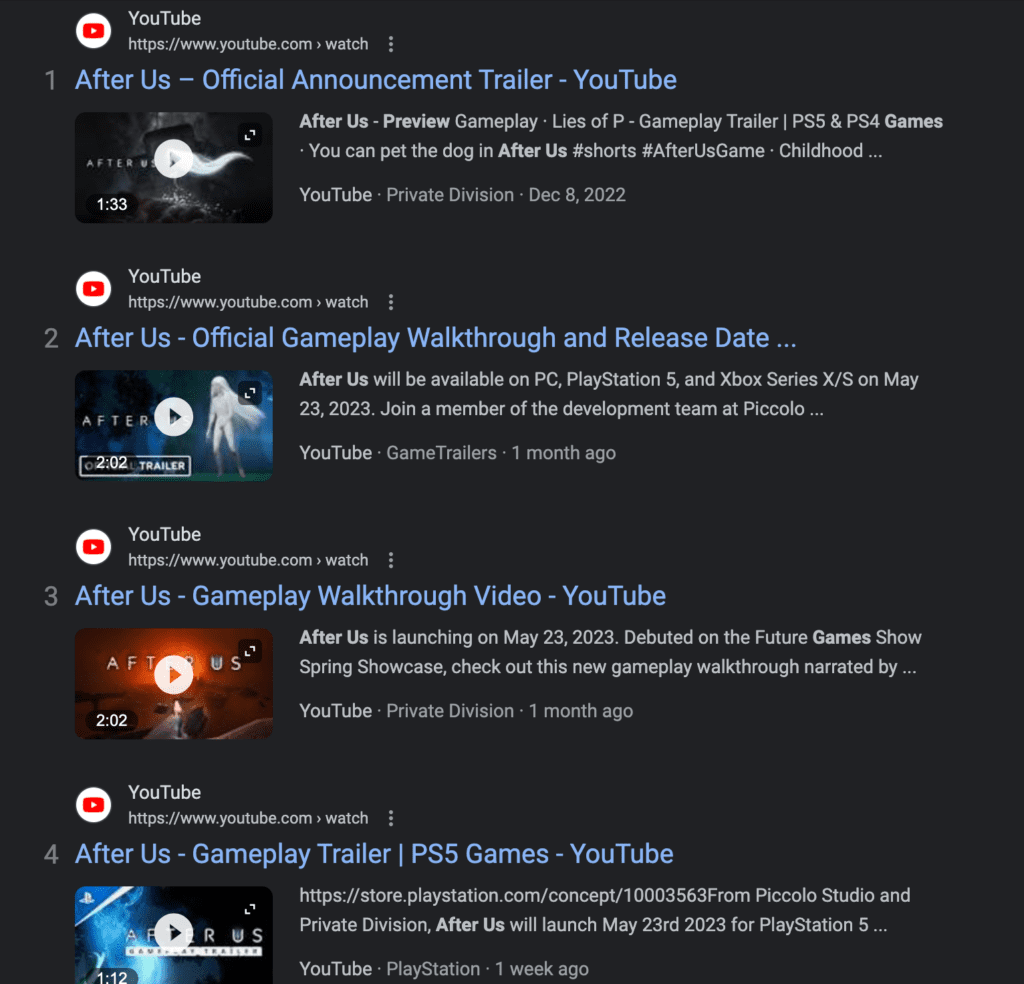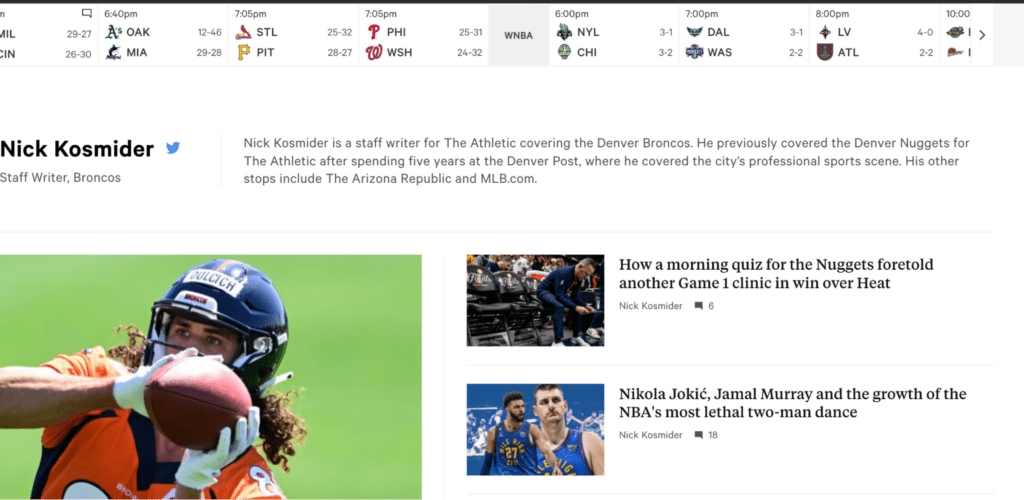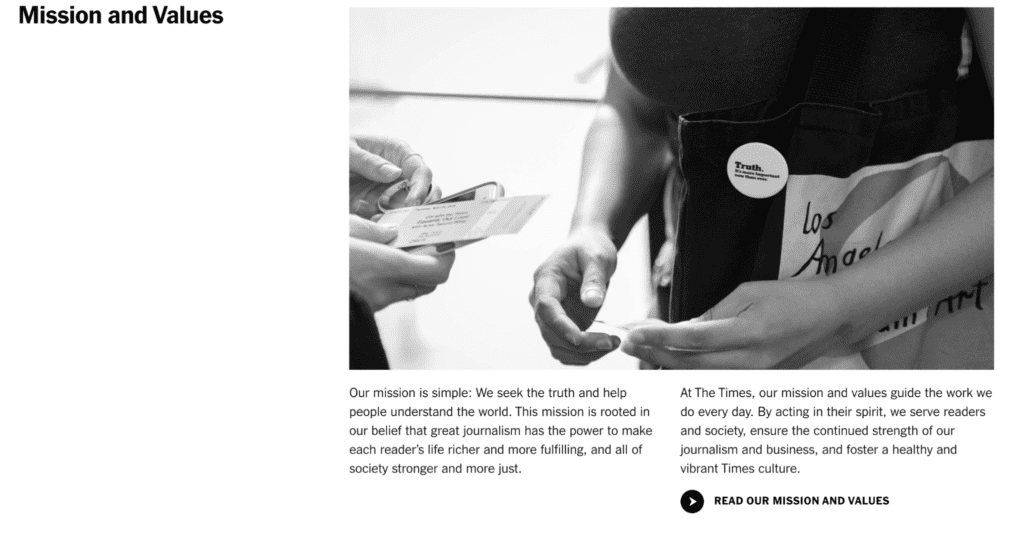Table of Contents
After writing for various outlets in the past four years and optimizing content for a year and a half, I’ve had the opportunity to see the power that E-E-A-T signals can provide for a website. And, whether that be a review for a product or a detailed news story on the latest poll results, there are similar strategies that intersect between all.
Even so, it can be difficult to keep up with Google’s changing definitions for E-E-A-T— formerly known as E-A-T — as the tech giant has released several updates to its guidelines in the past few months. But within these updates lie key information on how to properly optimize your site’s signals.
Below is your definitive guide on explaining E-E-A-T SEO and how to properly optimize your site for reviews, news stories, blog posts and more.
Related Articles:
What is E-E-A-T SEO?
E-E-A-T stands for experience, expertise, authoritativeness, and trustworthiness and is a crucial part of Google’s search quality rater’s guideline. As of December 2022, the additional “E” for experience was tacked onto Google’s documentation.
However, it is important to note that this is not considered a direct ranking factor by Google, but should be considered as a standard for the best practices to follow when creating content. Quality E-E-A-T signals will help build trust between your site and Google and, more importantly, will assist in building a reputable identity with your site’s new and returning traffic.
Experience
As mentioned above, Experience is the most recent factor implemented to Google’s rater guidelines. It highlights the actual experience the author has displayed within their writing and, ultimately, determines whether the writing is authentic or not.
This is extremely valuable for any type of review, hands-on or off, news story, or general informational blog, as inexperience can lead to misinformation and result in a broader harm than just the page’s rankings.
Expertise
The expertise of the writer is typically determined by their topical knowledge, their work or personal history with the topic, and any relevant qualifications. The line between expertise and experience can seem quite thin at times, but there is an important difference to note.
For instance, this writer for the Washington Post may not have direct experience making music, but he does have the reported credentials in criticizing music. His decade of reported work as a cultural critic defines him as an expert in the discipline of music.
Authoritativeness
Authority can be viewed as the overall confidence Google has of the website or publication to produce reliable and quality content. For example, has the website:
- Published about this topic before?
- How often has it?
- Is it receiving trustworthy backlinks from other reputable sources?
The more you cover a topic in detail the more your site’s authority will grow. Important factors to consider include:
- Establishing a brand identity
- Obtaining backlinks through other authoritative sites
- Creating a content & internal linking strategy to send strong contextual and architectural signals to Google about the related subject
- Curating original and informative pages
A site that does this well is W3.org, which has established itself as the go to when learning about web standards. The article below follows up on a heavily discussed topic of the site, and links to an expert in the subject of HTML that has several other relevant articles published.
Trustworthiness
Gaining trustworthiness is the result of combining each guideline of experience, expertise, and authoritativeness. Simply put, your content should be trustworthy and feature factual accuracy, cited sources, and provide reliable means for the user to get in contact with you if they have any concerns.
Building up to be considered a trusted domain takes many steps, but providing quality and truthful content written by experts will send positive signals that will put your site in the best place to be rewarded.
What is YMYL Content and is it Important for E-E-A-T SEO?
YMYL stands for your money or your life and typically cover’s the reader’s questions on health, financial stability, and current events. E-E-A-T is crucial for site’s covering subjects that fall under this category, as providing inaccurate information could cause harm to the user who reads the content and potentially who the user shares that information with.
It should be noted that YMYL is also not a ranking factor, but Google has reported its importance in relation to accessing E-E-A-T signals. Prioritize optimizing your content for E-E-A-T SEO if you cover the topics below:
- News, current events or law
- This includes international events, coverage on politics and science, and related government stories.
- Shopping
- This covers lists or guides on shopping specific products or reviews on products
- Finance
- Any topics related to taxes, investing money, switching banks and general guides on managing finances.
- Health and Medicine
- Content that covers health related issues, informational pages that define health terms, medicine usage and general hospital information.
- Fitness and Nutrition
- Similar to health, this will include fitness guides, information on substances and nutritional advice.
How Does Google Assess E-E-A-T Signals?
Google has an extremely detailed guideline on how it defines the quality of E-E-A-T signals. It categorizes them into five classifications starting from the “lowest quality” to the “highest quality” pages.
In the 176 page documentation, Google defines lowest quality pages as, “Lowest quality pages are untrustworthy, deceptive, harmful to people or society, or have other highly undesirable characteristics.”
In this definition, and explained later on, Google first prioritizes the purpose of the page. After defining that, it analyzes the topic and then determines if the content will cause harm to “specified groups” or includes “misleading information.”
On the opposite side, Google defines the highest quality pages as, “… Pages [that] serve a beneficial purpose and achieve that purpose very well. The distinction between High and Highest is based on the quality of MC, the reputation of the website and content creator, and/or E-E-A-T.”
The biggest takeaway here is that Google is defining the quality of the “MC” or main content for high and highest quality pages by utilizing the E-E-A-T guidelines and other certain measurements. For example, there’s an emphasis on level of effort, originality, and level of talent or skill for defining the MC’s rating.
How to Improve Your E-E-A-T SEO
Focusing on these attributes is sure to boost your content’s signals, but how exactly should you optimize your E-E-A-T signals for the highest success?
1. Pay Close Attention to Google’s Updates
If it isn’t clear so far, staying up-to-date with Google’s guidelines and algorithm updates is vital to gain and maintain success with your content. As stated before, Google has made two significant updates since December. The first update highlighted the importance of experience when creating content — ultimately evolving E-A-T to E-E-A-T.
The second occurred in April and specifically focused on updating Google’s review system. The documentation now highlights visual elements, audio, links to supporting data on the writer’s experience, and quantitative measurements as key components the search engine is looking for within this type of content.
While experience is important for any writer to have on the subject matter being discussed, it’s even more important for YMYL coverage. Ensuring you know how Google defines experience, expertise, authoritativeness, and trustworthiness is the first step to your success.
2. Leverage Language/Experience in Written Work
Search Engine Journal has seen some reports that utilizing language such as “in my experience” has helped increase rankings for articles. Whether this data is concrete or not, using similar language and providing a detailed explanation of your experience with the topic or product will be beneficial.
Google provides context to its definition of experience within its E-E-A-T guidelines and states:
“Does content demonstrate that it was produced with some degree of experience, such as with actual use of a product, having actually visited a place or communicating what a person experienced?”
The description is pretty broad, but there’s a safe bet that if your writer has actually experienced the product or talked to people involved in the related story, then they will display that within their writing. There’s also another large benefit of leaning into a writer’s experience, and that is the unique quality of that individual’s opinion of the experience. Google takes originality into account when assessing E-E-A-T signals, and every writer’s opinion or angle with a product or story will have a factor distinct to itself. Leaning into this factor can be a great strategy for producing content that differs from most competitors that rely on existing content for their ideation process.
3. Include Visual Elements
Two key items highlighted in the April 2023 review update were visual elements and audio. Both of these have been added to help prove the item or product has been actually used. The impact of these can vary depending on what kind of review you are conducting, but I’ve seen first hand my own writing get bumped from the first page because it did not feature a video element.
Conducting proper research beforehand on similar reviews to understand how Google typically ranks the written work is crucial before publishing.
For instance, Google has recently prioritized ranking video game industry coverage that includes an author speaking over visuals, such as a review or interview, and is most likely doing the same for a variety of written work.
Below is an example of a video game preview I wrote that lost rankings in the first page to video-related content. It now sits at position #9 for the query after us video game preview, below footage of gameplay and trailers.
We can see that Google prefers non-preview content for this query due to the change in which users consume similar media. In this instance the search engine is displaying audio-based experiences that explain the content of the product with the addition of gameplay. Conducting research on the current and previous history of your related SERPs can help determine what kind of visuals you may need to include when producing your article, and help deter this from happening in your own work.
4. Optimize User Profiles
Another opportunity to provide proof of experience and expertise is within the author’s user profile. Each article your writer publishes should include a link to that author’s related page that includes their previous work and a brief paragraph that is written in third-person explaining their authority on the topic.
A good example of this is Nick Kosmider’s author page for The Athletic.
His biography displays his history covering Denver Sports and lists his previous positions at other publishers. More positive signals that could be included are any related degrees, previous awards, and links to their related social platforms. Lastly, the author page should include an optimized image or photo to help put a face to the writing. This will help provide a visual element for Google, but also create a human connection between the reader and writer.
5. Create a Dedicated Page for Goals and Mission Statements
In 2021, Google published a documentation addressing the transparency of publishers, which discusses how to prove credibility to the site’s readers and Google itself. It breaks this down into two categories: Article Level and Site Level.
For article’s, publisher’s should be including clear bylines that link to the author’s dedicated biography page, the article’s publishing date, and a form of categorization such as “opinion” or “review.”
On the other hand, the site level is supposed to provide guidance to the site’s purpose and organizational structure. This can be done by creating a dedicated page for the publisher’s goals, mission statements, and link towards a page providing staff details.
A great example of this is the New York Time’s company page that provides all of this information in a single location. This is a must-pursue strategy for news publishers looking to provide credibility to search engines and users.
Making the Most of Your E-E-A-T SEO
Keeping up-to-date on Google’s algorithm updates and E-E-A-T SEO might take some work, but it will create longevity for your site’s authority and trustworthiness down the line. It’s important to follow Google’s documentation and take an article and site level approach to optimizing your signals.
In summary, prioritize experience within your written work and always provide a visual element when applicable. Link to related sources that help prove this and provide clear and concise information for your user to digest. Following these guidelines will help you optimize your E-E-A-T signals and create a bridge of credibility that your users can trust.
Search News Straight To Your Inbox
*Required
Join thousands of marketers to get the best search news in under 5 minutes. Get resources, tips and more with The Splash newsletter:





